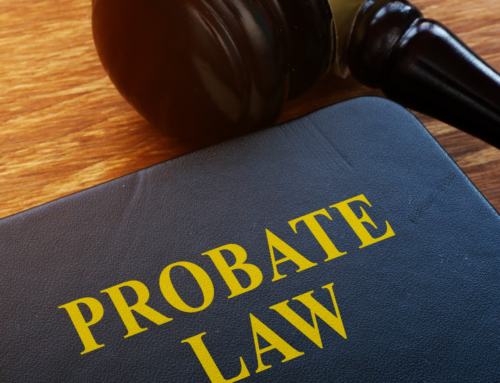Once the ink on a commercial lease for an office building or retail space has dried, it’s too late to make adjustments. Commercial leases are important documents that require careful examination and a basic understanding of lease concepts. You want to get the greatest deal for your company, which means before you sign a lease, you want to be sure you have carefully investigated its terms to make sure it meets your business’s needs.
How Commercial Leases Differ from Residential Leases
It is critical that you take the time to carefully consider commercial leases, as they are generally more complex and less regulated than a typical residential lease.
First, many commercial leases are customized to the landlord’s needs and not based on a standard form. This means commercial leases can be more flexible and individualized when it comes to their terms (for example, a business negotiating to include a special feature in their space, or a landlord extending a special offer to entice a tenant to move in).
Second, commercial leases are typically for longer terms and carry greater penalties for breaking the lease than residential leases. This means you’ll want to carefully consider the location – if you believe you will have to modify the space to fit your business’s needs, check that you (or the landlord) will be able to make the necessary changes. You will also want to do your research on who the landlord and building owners are before you sign, as you are essentially entering a long-term business partnership with them.
Negotiating the Lease
Most commercial lease terms are negotiated well before a lease is ever drafted. Commercial leases typically begin with a letter of intent (LOI) process, where landlords and tenants will discuss and negotiate each point of the lease before the formal lease document drafted. The LOI typically concerns the essential lease terms, such as the term length (when the lease begins and ends, as well as whether there are renewal options), the base rent (including potential rent escalations, often listed as a price per square foot per year), the security deposit, and termination conditions (notice requirements, penalties for early termination, etc.).
As you transition from a LOI to a more formal written agreement, make sure you understand your exact responsibilities under the conditions of the lease as the terms are translated from the LOI to the contract itself. Also, remember that leases are negotiable until they are signed. As you review the lease, make a list of all the clauses that concern you or mark your proposed changes on the lease itself. You can then send your changes or list to the landlord for discussion.
Understanding Commercial Lease Terms
There are a number of standard commercial lease terms that you will want to familiarize yourself with before leasing your space:
- Lease Structure – Commercial leases are typically structured one of three ways, with the difference being what operating expenses tenants contribute to:
- Triple Net Lease (NNN) – In this form of lease, tenants pay for their pro-rata share of all operating expenses associated with a property, including real estate taxes, property insurance and common area maintenance (CAM) costs.
- Gross Lease – In this form of lease, the landlord takes on all the responsibility of maintaining the property and the tenant simply pays a set sum for rent.
- Modified Gross Lease – This is a hybrid of the triple-net and gross lease where the tenant pays for some portion of the operating costs of the building, but usually as a lump-sum addition to the standard rent payment.
- Common Area Maintenance (CAM) – this is the standard term used to describe all the expenses related to the upkeep and operation of the “common” areas of the building, such as lobbies, parking lots, and landscaping.
- Tenant Improvements – Tenants can negotiate for a predetermined construction allowance to make improvements to the leased space. This term will usually lay out specifically what changes will be made, the costs, who will own the improvements upon completion, and whether the leased space must be returned to its original state at the end of the lease.
- ADA Compliance – The Americans with Disabilities Act (ADA) requires tenants and landlords to assure their building is accessible to disabled persons. Make sure that you understand who is responsible for the costs of required ADA improvements to the leased space, or, alternatively, ask the landlord to guarantee the building is ADA compliant before you sign your lease.
Conclusion
These are just some of the key issues to consider when considering leasing a retail space, but nothing substitutes having an experienced advocate in your corner who is fluent in the language of commercial leases and can successfully navigate and leverage your negotiations.
For more information or for assistance with your commercial leasing needs, contact the experienced real estate attorneys at Fauver, Large, Archbald & Spray LLP.
DISCLAIMER: This Advisor is one of a series of business, real estate, employment, estate planning and tax bulletins prepared by the attorneys at Buynak, Fauver, Archbald & Spray, LLP. This Advisor is not exhaustive, nor is it legal advice. You should discuss your particular situation with us or with your own attorney. Our legal representation is only undertaken through a written engagement letter and not by the distribution or use of this Advisor.





